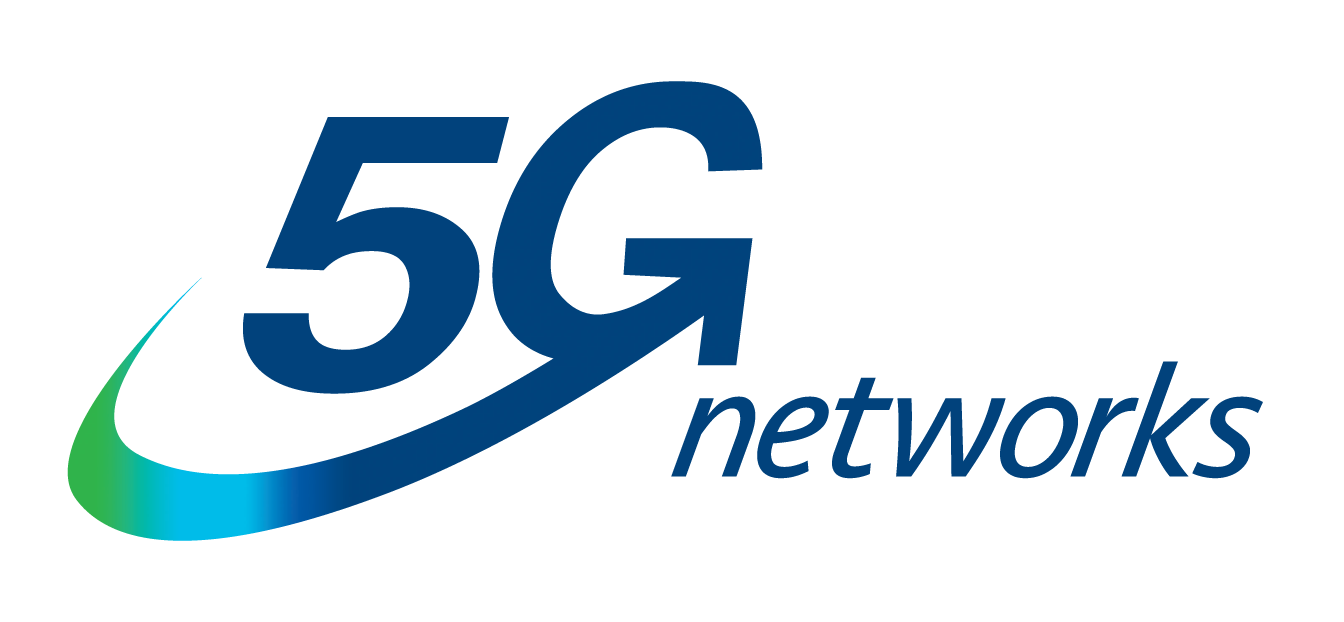Expert advice for governments on effective 5G deployments
In last week’s article, I pointed out that the holy grail of the 5G technology is the spectrum, specifically the radio spectrum, and the available frequency bands within it. I also stated that frequency determines the speed and power of data transmission. High frequency means faster speeds and shorter distances to which your messages (data) […]

In last week’s article, I pointed out that the holy grail of the 5G technology is the spectrum, specifically the radio spectrum, and the available frequency bands within it. I also stated that frequency determines the speed and power of data transmission. High frequency means faster speeds and shorter distances to which your messages (data) can be carried. Conversely, lower frequency indicates slower speeds and longer distances of data transport. As an example, a frequency of 600 megacycles per second (or 600 MHz) is quite low as far as the radio wave spectrum is concerned.
This low bandwidth, however, is not affected as easily by things in the air, such as trees, moisture, buildings, etc., and it doesn’t lose power as quickly. It is able to reach 5G phones and other devices which are located further away, and it can penetrate solid walls to provide indoor reception. The millimeter waves – which are what you typically associate with the 5G network – on the other hand, are in the high-frequency-band spectrum. They can carry lots of data, but the waves are also dissipated more easily by gases in the air, trees, and nearby buildings. Therefore, while they may be quite useful in densely packed networks, they are not able to carry data for long distances (due to the attenuation). For this reason, different (low, medium, and high) frequency parts of the radio spectrum need to be combined in a network for acceptable 5G performance.
Thus, the country that wins the 5G race, at least from the standpoint of technology deployment or realistic transitioning, is not going to be the most innovative, but the one with the availability and wherewithal to make available to carriers, the correct combination of spectrum (low, medium, high) frequency bands, in a contiguous manner.
Position documents on 5G have been written by many corporations and associations. However, the publications from the big corporations tend to be too much into commercialization and biased presentations. The “5G Americas’” white paper entitled “5G Spectrum Vision,” published in February 2019, is useful in this regard. So is the “GSMA Public Policy Position paper on the subject. The materials in the remaining part of this article have been taken mostly from the latter reference. Note that GSMA (or GSM Association, where “GSM” stands for Global System for Mobile communication) is a trade association headquartered in London, UK, that represents the interests of mobile network operators worldwide. Carriers such as Etisalat, GLO, MTN, T-Mobile, Vodafone, etc. are members of GSMA.
According to the GSMA white paper, the success of 5G services will rely heavily on national governments and regulators: “Most notably, the speed, reach and quality of 5G services will be dependent on governments and regulators supporting timely access to the right amount and type of spectrum, and under the right conditions. 5G spectrum awards have already begun and the variation in the amount of spectrum assigned, and the prices paid, means the potential of 5G services will vary between countries. This will impact the quality and capacity of 5G services and thus the competitiveness of national digital economies.”
The GSMA white paper outlines the association’s important 5G spectrum position with a focus on the areas where governments, regulators, and the mobile industry must cooperate to make 5G a success. It is emphasized that 5G needs a significant amount of new harmonized mobile spectrum. The GSMA recommends that regulators should aim to make available 80-100 MHz of contiguous spectrum per operator in prime 5G mid-bands (e.g. 3.5 GHz) and around 1 GHz per operator in millimeter wave bands (i.e. above 24 GHz). The GSMA suggests that 5G needs spectrum within three key frequency ranges to deliver widespread coverage and support all use cases. The three ranges are: Sub-1 GHz, 1-6 GHz and above 6 GHz.
The Sub-1 GHz frequencies will support widespread coverage across urban, suburban and rural areas and help support Internet of Things (IoT) services. The 1-6 GHz frequencies will offer a good mixture of coverage and capacity benefits, including spectrum within the 3.3-3.8 GHz range, which GSMA expects will form the basis of many initial 5G services. Frequencies above 6 GHz are needed to meet the ultra-high broadband speeds envisioned for 5G. According to GSMA, currently, the 26 GHz and/or 28 GHz bands “have the most international support in this range.” The ITU has a plan to establish international agreements on 5G bands above 24 GHz. The GSMA also advocates for unreserved government backing of 5G, and recommends that “exclusively licensed spectrum should remain the core 5G spectrum management approach” and encourages spectrum sharing by leasing. In particular, it is felt that “setting spectrum aside for verticals in priority 5G bands could jeopardize the success of public 5G services and waste spectrum.” For affordable end-user services, the GSMA suggests that governments and regulators “should avoid inflating 5G spectrum prices.
Finally, the GSMA recommends that regulators consult 5G stakeholders to ensure that spectrum awards and licensing approaches consider technical and commercial deployment plans, and that governments and regulators need to adopt national spectrum policy measures to encourage long-term heavy investments in 5G networks (e.g. long-term licenses, clear renewal process, spectrum roadmap, and so on).
